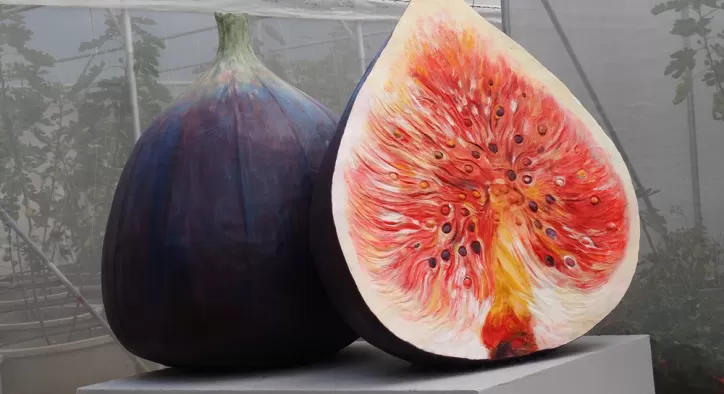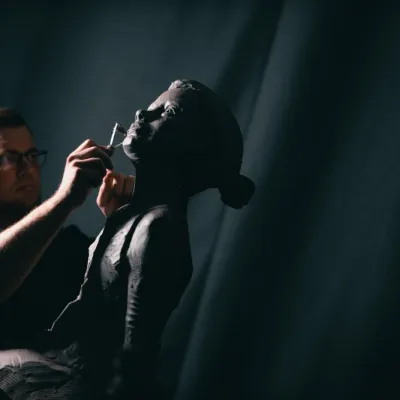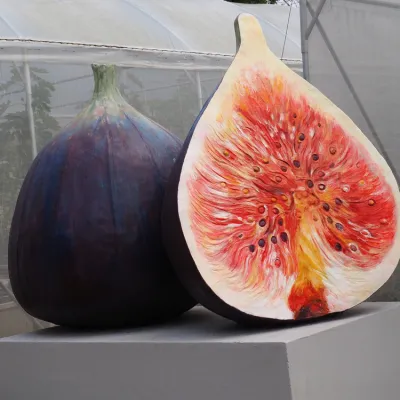- Konu Başlıkları
- How is Sculpture Molding Done?
- What are Sculpture Mold Materials?
- Where Are Bust Molds Used?
- How is Sculpture Molding Done?
How is Sculpture Molding Done?
The sculpture molding process is done to create an exact copy of the original sculpture. The molding process, which is carried out using sculpture mold materials and sculpture mold models, consists of several stages. In order to preserve the original form, the sculpture molding process must be carried out meticulously. Sculpture manufacturing companies take into account the requirements of the project during the sculpture molding stage.
[widget-133]
What are Sculpture Mold Materials?
The sculpture mold materials to be used in the sculpture molding process vary depending on the details, size and casting materials of the sculpture to be used. Single-piece molds such as plaster, silicone or latex are used for sculptures with flat surfaces and are simple in shape. Multi-piece molds such as silicone and rubber are efficient in sculpture forms that include detail and complexity. Generally, sculpture mold models are made of the following materials:


Silicone Sculpture Molds: The first of the most preferred materials for sculpture molding is silicone. Silicone sculpture molds stand out with their flexibility and durability. Silicones are long-lasting. Silicone used in complex-shaped sculpture molding is used in the casting of resin, plaster wax and some metals.
Plaster Sculpture Molds: Sculpture mold materials preferred for their low cost and easy applicability are used in the casting of plaster sculptures. Since it has a rigid shape, it can reflect small details well.
Fiberglass Sculpture Molds: Fiberglass, which is a light, durable and hard material used in large-scale sculpture molding processes, is used in bronze castings of sculptures.
Polyurethane Rubber Molds: Polyurethane rubber molds, which stand out with their resistance to chemical substances, are used with heavy materials such as resin and concrete casting.
Latex Sculpture Molds: Another option among sculpture mold materials is latex. Latex, which is preferred in small and detailed sculpture molding processes, is not long-lasting and can deteriorate over time. Therefore, it is not preferred much in sculpture molding.
Where Are Bust Molds Used?
The same preparation stages are passed to make a bust mold as in sculpture molding. Bust molds are used by art exhibitions, monumental bust making companies, and collectors. Bust molds, which are used for purposes such as creating copies of historical figures or works of art, making monumental busts made of durable materials for public buildings and open spaces, and copying sculptures in museums and art galleries, are used in a wide range from art to commercial production.
[widget-134]
How is Sculpture Molding Done?
Sculpture manufacturing companies first clean the original form of the sculpture and prepare the surface for sculpture molding processes. It is important to use mold release agents to prevent sticking to the surface during sculpture molding. After the preparation phase is completed, sculpture molds are made. Sculpture mold models are applied layer by layer on the sculpture. The more precise the sculpture mold materials, the stronger the details.
In the sculpture molding process, the next stage is to wait for the mold to dry and harden. The drying time may vary depending on the type of sculpture mold. After the sculpture molds dry, they are carefully separated from the sculpture. After the sculpture molding process, which is difficult to remove in one piece, it can be divided and separated from the mold. After the sculpture molding process is completed, the casting material is poured and a sculpture copy is created. The sculpture molding process must be done by an expert sculpture manufacturer or sculptor. Otherwise, successful results may not be obtained.















